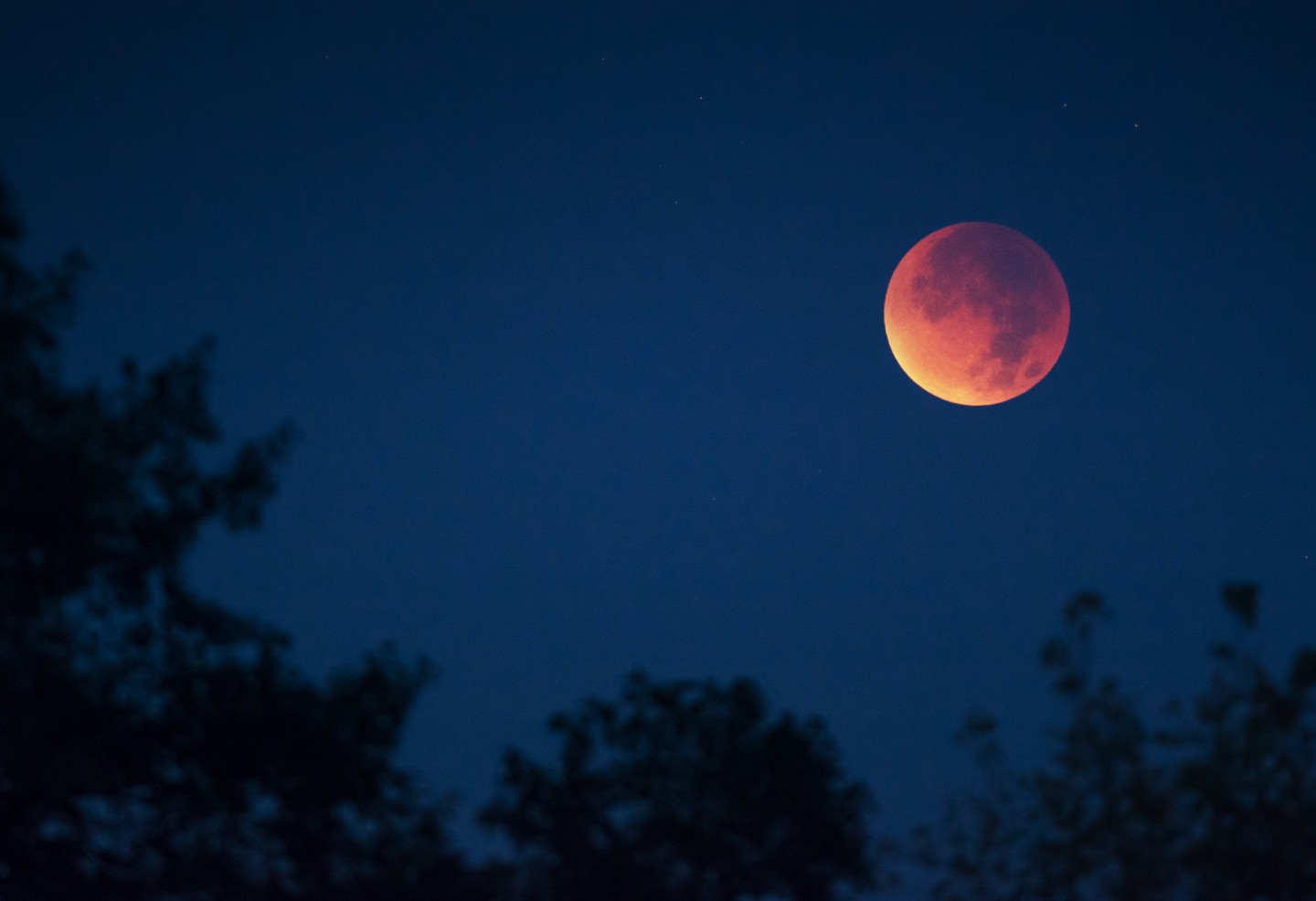
Heavy Rain, Flooding, and Chance of Severe Weather Staring Down the Southern U.S.
January 22, 2024
Posted: November 7, 2022 11:24 am





Now is the last time that you will be able to check out a total lunar eclipse until 2025. The sun, moon, and Earth will align early Tuesday morning to create this rare astronomical event that you are not going to want to miss. Here are all of the details, including what parts of the country will enjoy the most ideal viewing conditions.
Tuesday’s total lunar eclipse is the second such event this year in North America. Known by many as the Blood Moon because of the color it creates, this event will be visible throughout North America just before daybreak on Tuesday, November 8. The stunning event will also be visible from locations in Hawaii, New Zealand, Australia, Japan, and the eastern portions of Asia.
It has been about seven years since North America enjoyed two total lunar eclipses in the same calendar year. It will be 2029 when this happens again, speaking to the rarity of the dual sightings.
The moon will move into Earth’s shadow during the early morning hours on Tuesday. As this happens, the moon will gradually disappear from sight, creating the total phase of the eclipse. Although the moon will not actually disappear from the sky, it will be positioned within the dark inner shadow of Earth for almost 90 minutes. This movement will turn the moon a rusty orange or red color.
The exact hue that you see will be dependent on factors surrounding the Earth’s atmosphere. The moon will take on a darker red color if there is more dust or clouds circulating in Earth’s atmosphere at the time of the eclipse. This can be explained because the moon turns red when the sunlight that hits it passes through the atmosphere of Earth.
Unlike many other celestial happenings, you do not need any special telescope or tools to see the eclipse. However, you will need to set your alarm to get out of bed early. The peak of the eclipse will begin at 5:16 am EST and will last nearly 90 minutes. For those on the West Coast, you will need to head out at 2:16 am to catch the start. Need some motivation to get out of bed and head to the polls on Election Day? This is it.
In addition to the moniker Blood Moon, this eclipse is also known in some circles as the Frost Moon, the Beaver Moon, or the Freezing Moon.
The weather in your neck of the woods will greatly influence your ability to catch the eclipse at its full potential. The good news is that you do not need a perfectly clear sky at the beginning of the event to see the color change. You will only need the clouds to break momentarily since this is considered to be a long duration astronomical event.
The bulk of the Intermountain West and a large swath of the country stretching from New England down through the Gulf Coast will enjoy the best conditions when looking for the lunar eclipse. Those stargazers in the Midwest, the Plains states, the Southeast, and the West Coast will be needing a break in the clouds.
While looking for the eclipse, you may even be lucky enough to see a few shooting stars. Both the Northern Taurid and the Southern Taurid meteor showers peak during the first two weeks of November. Tuesday morning could put on a spectacular show in the night skies when you combine both meteor showers with the total lunar eclipse. If you are going to miss some sleep this month, this will be the time to do it.
The next total lunar eclipse will not happen until the night of March 13 into March 14, 2025. This eclipse will be visible throughout North America, Hawaii, South America, western Africa, and the far western edge of Europe.
Did you find this content useful? Feel free to bookmark or to post to your timeline for reference later.

January 21, 2024

January 19, 2024

January 18, 2024